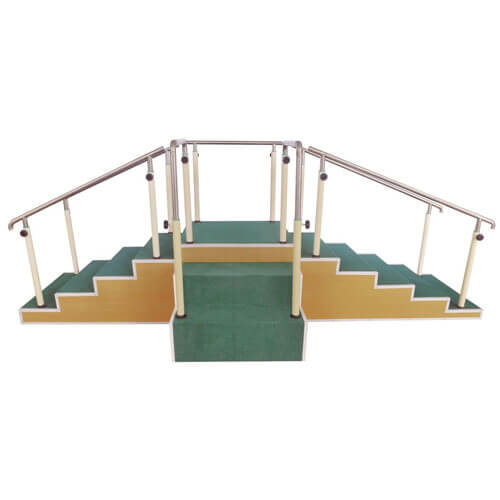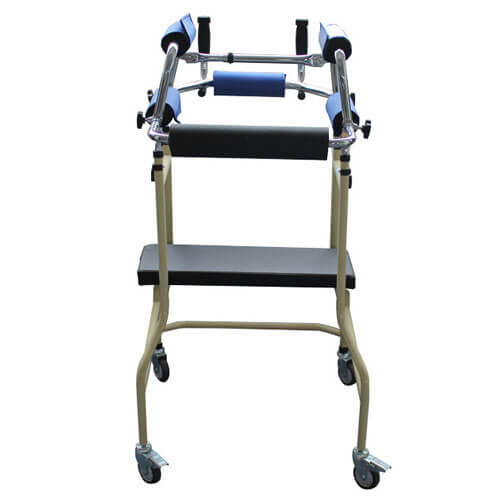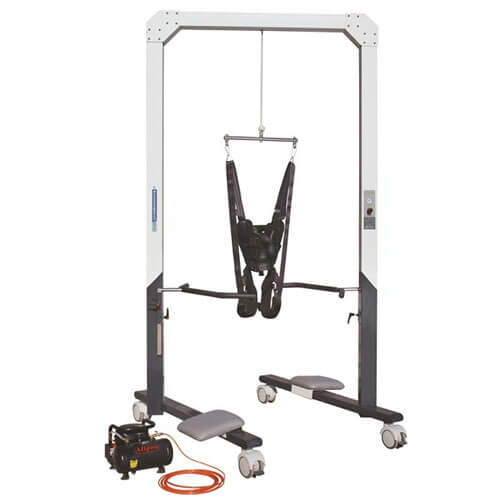Overview of Three-way Rehabilitation Therapy Staircase
The three-way rehabilitation therapy staircase is vital in the rehabilitation of the lower extremities, especially for patients with knee injuries. Our training staircase is durable & high-quality staircases to meet different treatment needs for the medical professional.


Features of Three Sided Training Staircase
- Three-way stairs for training up and down stairs
- Adjustable handrail to fit different height children& adult
- The carpet is used to protect the trainer from slipping.
- There are totally 12 pcs of strong guardrail for more safety.
- It is made of steel pipe, wooden stairs, and carpet cover with a higher loading capacity.
- there are 2 heights of the stairs for different requirements of the users.

Specification of Three-sided Adjustable Physical Therapy Staircase
- Model: SH-XFT-2
- Height:122-150cm
- Size: 337x140x122-150cm
- Load capacity: 135kg
- Material: composite board, aluminum
- The distance between adjacent steps: 10cm 12cm
- The adjustment range of the handrail: 0 ~ 20cm
- Loading capacity of the handrail: 70kg
- Loading capacity of the ladder: 135kg
How to Use Therapy Stairs for Rehabilitation?
After determining the height of the step that the patient can complete, choose the appropriate height for training. Hemiplegia training after stroke or brain trauma should support the handrail with the upper limb of the healthy side, and the therapist can stand on the affected side to assist the patient in training.
When starting the staircase training, the lower leg of the healthy side is raised first, and then the lower leg of the affected side is raised to the same step.
When the patient’s function is improved so that the affected limb can bear 100% of the body weight, the reverse order can be adopted. Finally, use interactive gait to go up and down the stairs. Patients with bone and joint diseases and joint replacements often require that the affected limb not bear weight or reduce weight during training. Therefore, the affected limb can be selected to cross the next step, and then the upper limbs hold the corresponding armrest position of the next step. Still using the healthy side limbs to support the weight, support the armrests with both hands to move the body down the steps, while the healthy limbs are under the heels. (According to the patient’s condition, please use it under the guidance of the therapist)





























